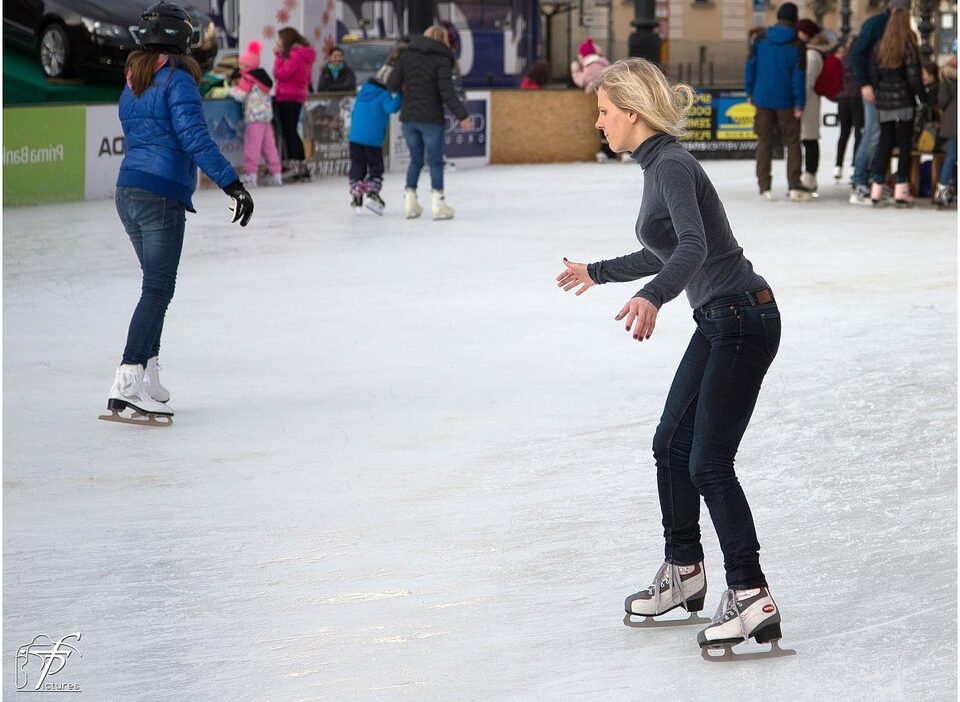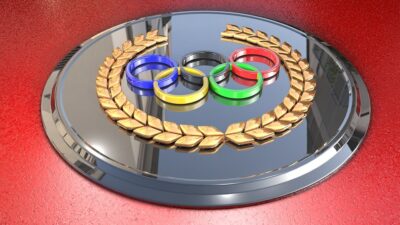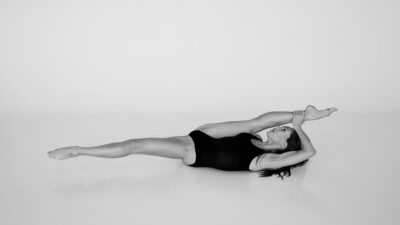Skating is an exhilarating activity that combines grace, speed, and rhythm. Whether on ice, rollerblades, or skateboards, the principles governing motion provide skaters with the means to glide effortlessly. In this article, we’ll explore the fundamental physics behind skating, shedding light on how science enables this captivating sport.
The Basics of Motion
At the heart of skating lies the concept of motion. Sir Isaac Newton’s three laws of motion are pivotal to understanding how skaters move.
-
First Law (Inertia): An object in motion stays in motion unless acted upon by an external force. When a skater begins to glide, they maintain their speed and direction until friction or another force intervenes.
-
Second Law (F=ma): The force exerted by the skater affects acceleration. A stronger push or more strategic weight distribution leads to faster speeds and quicker turns.
- Third Law (Action-Reaction): For every action, there is an equal and opposite reaction. When a skater pushes off the ground (action), the ground pushes back with equal force (reaction), propelling the skater forward.
Forces at Play
Friction: The Double-Edged Sword
In skating, friction plays a crucial role. On ice, low friction allows skaters to glide smoothly over the surface, while on rollerblades or skateboards, a higher level of friction between the wheels and the surface is necessary for control. The balance between these frictional forces is vital; too much friction can slow a skater down, while too little can lead to a loss of control.
Momentum
Momentum, defined as the product of an object’s mass and its velocity, is another crucial element in skating. As skaters gain speed, their momentum increases, making it easier to maintain motion. Techniques such as "crossovers" (shifting weight and gliding on one skate) utilize momentum effectively to turn and maneuver.
Angular Momentum and Spins
In figure skating and roller skating, performers often execute spins and jumps. Here, angular momentum comes into play. As a skater pulls in their arms and legs during a spin, they reduce their moment of inertia, which causes them to spin faster—a phenomenon known as the conservation of angular momentum.
The Role of Energy
Kinetic and Potential Energy
As skaters move, they transition between kinetic energy (energy of motion) and potential energy (stored energy). For instance, when skating downhill or jumping off a ramp, potential energy converts into kinetic energy, propelling the skater forward with increased speed. Understanding this energy transfer allows skaters to optimize their movements for higher performance.
The Push-Off Technique
A powerful push-off is essential to building speed. Skaters apply force to the ground at a specific angle, effectively maximizing the energy transfer during the push-off phase. The angle at which force is applied determines how efficiently this energy is converted to forward motion. Techniques like the "inside edge" and "outside edge" in ice skating also relate to energy transfer and balance.
The Importance of Balance and Body Mechanics
Skating requires a delicate balance, primarily governed by the center of mass and body mechanics. To maintain stability, skaters must keep their center of mass over their base of support (the area between their skates). Subtle shifts in weight and posture allow them to execute turns, stops, and tricks without losing balance.
Leaning and Shifting Weight
When a skater leans into a turn, they use their body weight to counteract the centrifugal force acting outward. This technique is vital for maintaining speed and control while navigating curves. The deeper the lean, the more force is applied to maintain balance.
Conclusion
The physics of skating is a complex interplay of forces, energy, and motion that comes together to create the fluidity and excitement of the sport. From understanding friction and momentum to mastering body mechanics and energy transfer, skaters leverage scientific principles to glide gracefully across surfaces. So the next time you lace up your skates or roll on your wheels, remember: it’s not just the thrill of movement—it’s the physics of skating at work, making every glide possible.



